Climate change is omnipresent. And it is also having an impact on our cities. Scientists at TU Graz are researching how urban living spaces can respond to these changes.
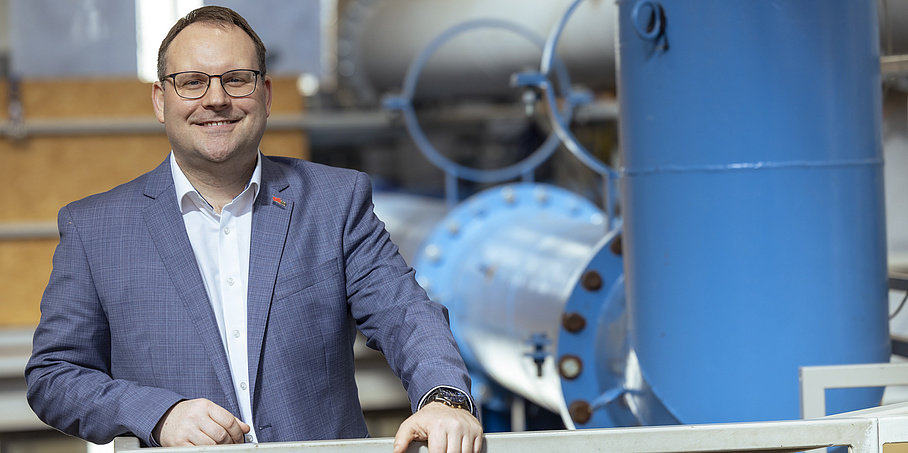
When Rivers Can Do What They Want
Water is Stefan Haun's workplace. He is particularly interested in the transport of sediments in rivers and reservoirs. He has been a professor at TU Graz since 1 January.
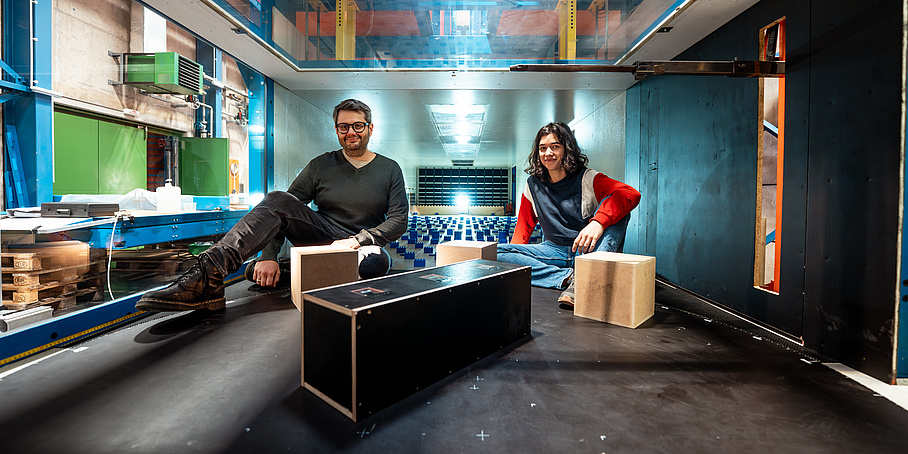
Does the City Affect the Ventilation of my Home?
How should buildings be arranged so that my home can be ventilated naturally? Christoph Irrenfried and the Institute of Fluid Mechanics and Heat Transfer investigate this question.
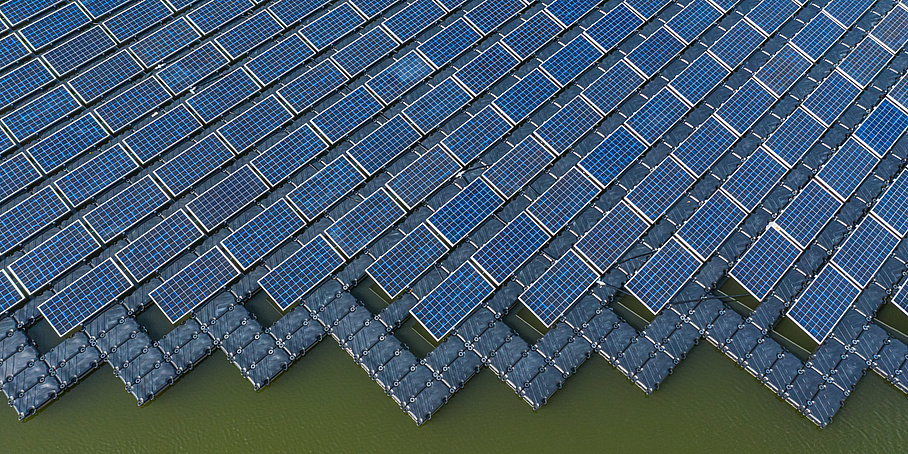
Tracking Down Alternative PV Areas
Where is the space to generate the legally required amount of photovoltaic electricity in Austria by 2030? A research project involving TU Graz has set out to find suitable areas in Styria.
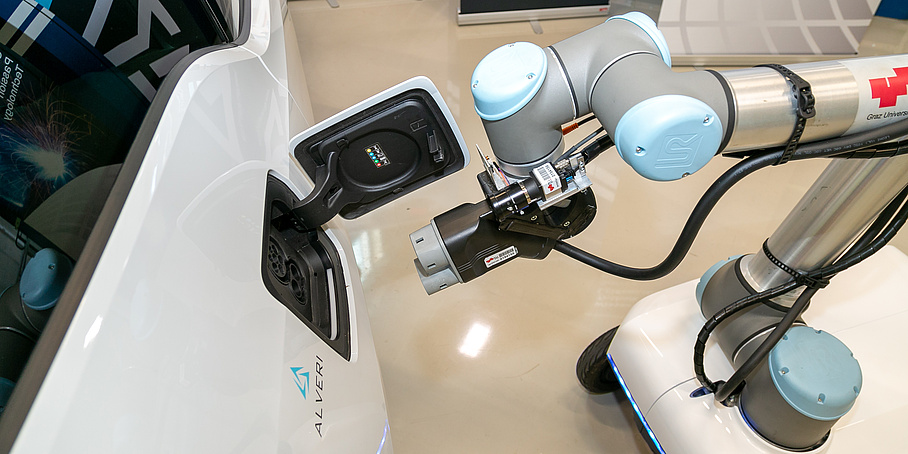
Open the Flap and Recharge
The charging process for electric cars is currently still an obstacle to their widespread use. An autonomous charging robot aims to make it easier, faster and more convenient.
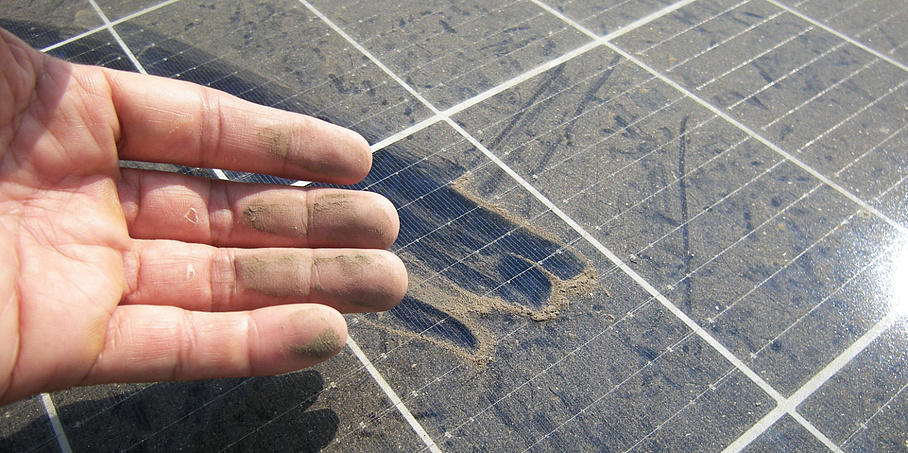
PV Soiling: The Dirt Has to Go!
Dust, pollen and bird droppings reduce the performance of solar modules, but automatic cleaning systems are expensive. Armin Buchroithner from the Institute of Electrical Measurement and Sensor Systems is working on a solution that promises both higher yield and cheaper cleaning.
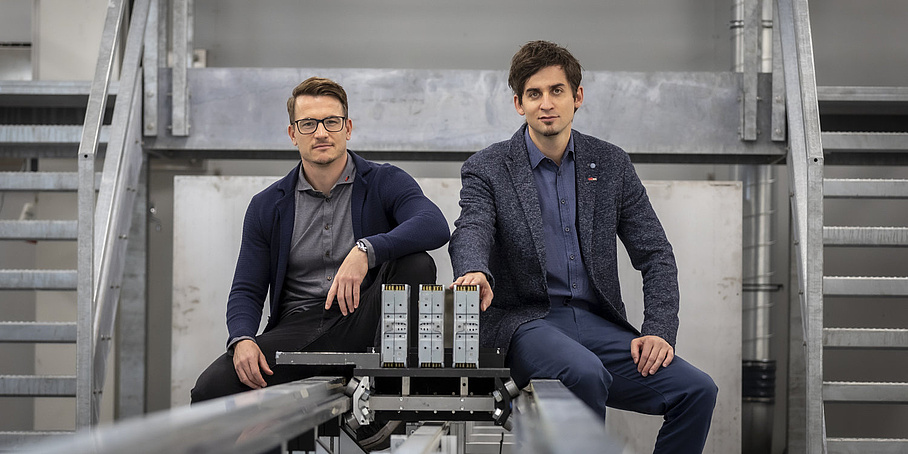
A Second Life for Batteries
Discarded lithium-ion cells from electric cars could be re-used as stationary power storage units. Researchers at TU Graz have established the first indicators for a reliable assessment of their condition.
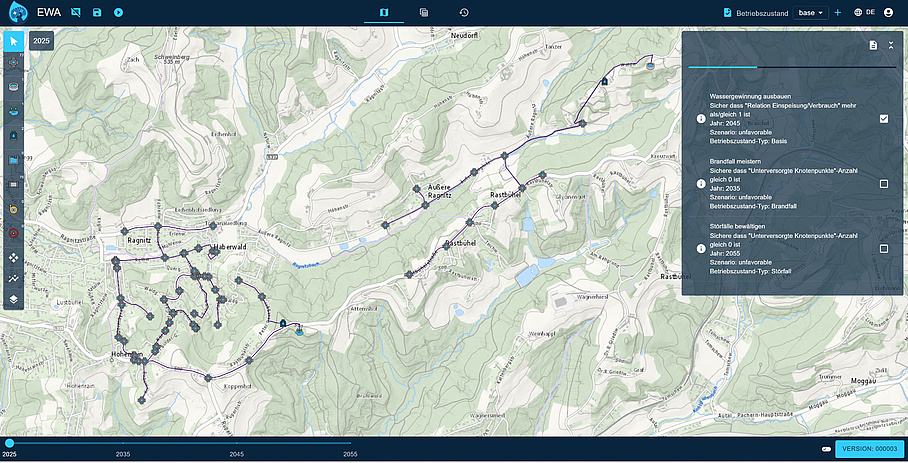
TU Graz Provides Water Planning Tool with Future Forecasts up to 2055
When water suppliers are faced with the question of how well their systems are prepared for future developments such as climate change and population growth, they now have an answer.
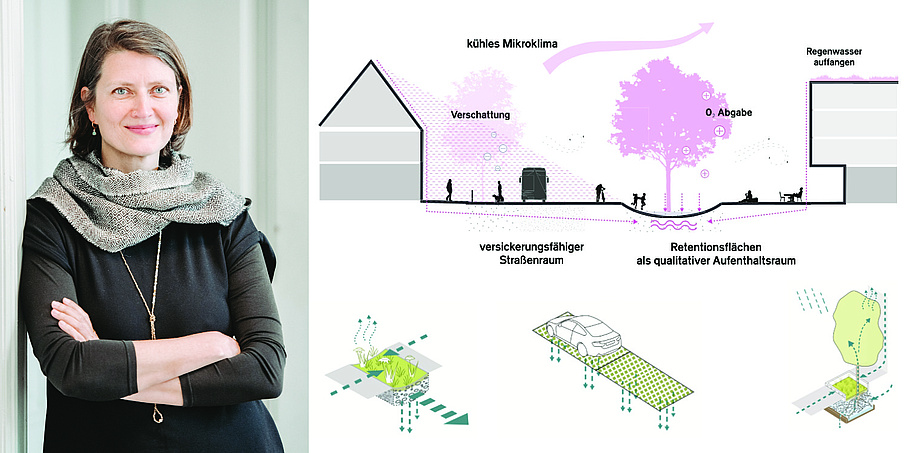
The City as a Sponge - Turning Heat Islands into Water Reservoirs
In the PeriSponge project, a team led by Eva Schwab from the Institute of Urbanism is developing an evidence-based toolbox that municipalities can use to minimise surface sealing and thus the risk of flooding.

Bacteria with CO₂ on the Menu
Researchers at TU Graz and ACIB feed bacteria with CO₂ and other gases in a gas fermentation process. What humans store as fat, these bacteria deposit as bioplastics.
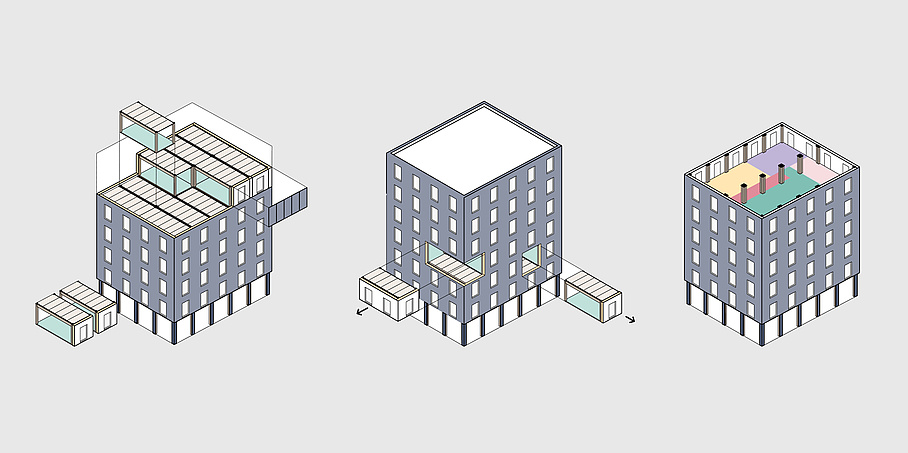
TU Graz Develops Modular Timber High-Rise Building for Resource-Efficient Construction
Repairable and exchangeable skeleton modules with open load-bearing structures enable different types of use and uncomplicated adaptations in the event of future changes. Building heights of up to 24 storeys are possible.

Using the Sun to Protect Yourself from the Heat
For us, utilising solar energy often means generating electricity using photovoltaics. Sophisticated architectural modifications, however, make much more possible.
